I remember my grandmother preparing Kadige / Kajal / Eye liner using the petals of Nandi Battalu flower. She would say the continuous use of this Kadige would be good for the health of the eyes!!
Picture – Red Whiskered Bulbul on a Nandi Battalu plant
Plant Summary:
Nandi Battalu is the Kannada name of Crape Jasmine. The other English common names are Pin Wheel flower, Crape Gardenia, Moonbeam, Carnation of India. In Tamil it is known as Nandiar vattai, Gujarati “Sagar” and Marathi “Ananta or Tagar”. Crape Jasmine’s botanical name is Tabernaemontana divaricata native to India belonging to Apocynaceae family. Hindus use this flower to worship god.
It is an evergreen shrub and is cultivated as an ornamental plant for its fragrant white flowers. Crape Jasmine grows to a height of 8 to 15 feet with a spread of 6 feet or more. Pruning will help retain a particular shape of the plant. The leaves are waxy deep green with sheen and are about 3 to 6 inches long and 1 to 2 inches wide, ovate and pointed. The fruit is an orange-red pod.
The flowers bloom throughout the year. The flowers have 5 petals and are clustered on the stem tips. Another variety known as “Flore Pleno” has clusters of pure white, lacy double flowers and wavy, narrow leaves. ‘Grandifolia’ is a cultivar with larger leaves and double flowers.
Nandi Battalu flower is offered to Lord Ganesha during the 21 Pushpa Pooja while chanting the below mantra: “Om Avyaya Namaha, Kshirika Pushpam Samarpayami”.
Plant Propagation:
New plants can be grown from stem cuttings, which are chopped from partially mature wood in the growing season. It grows well in full sun or partial shade. Fertilize with an organic compound for fast growth. Crape Jasmine can be used as hedge or shrub border-screen or as background planting.
Plant Healing:
The plant is threatened by whiteflies, scales, caterpillars, nematodes, and sooty mold. Spray any organic pesticide to control the insects.
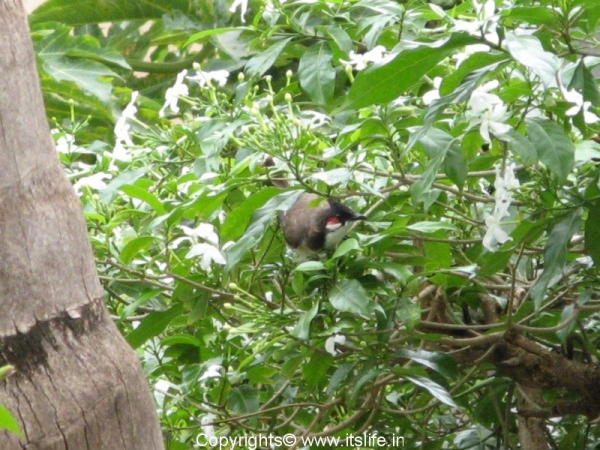
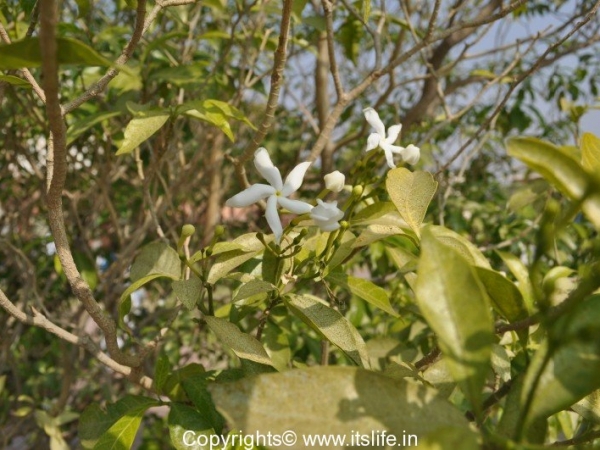
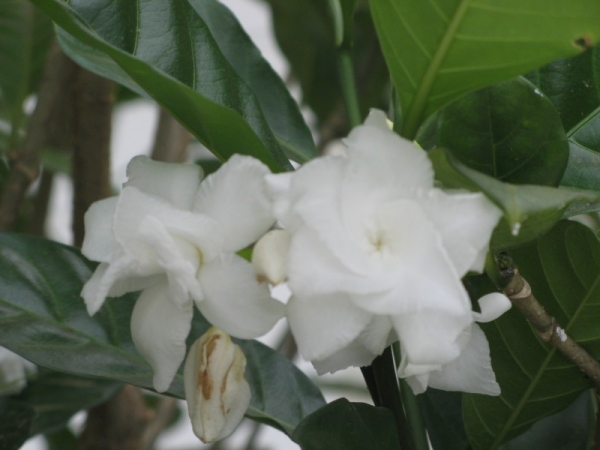
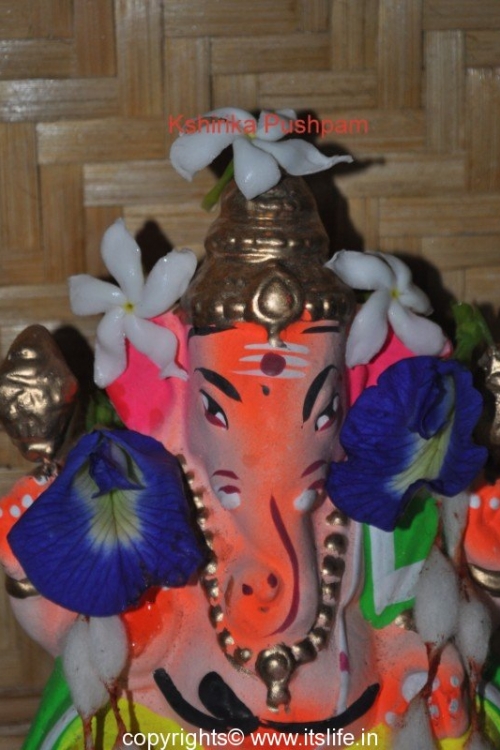
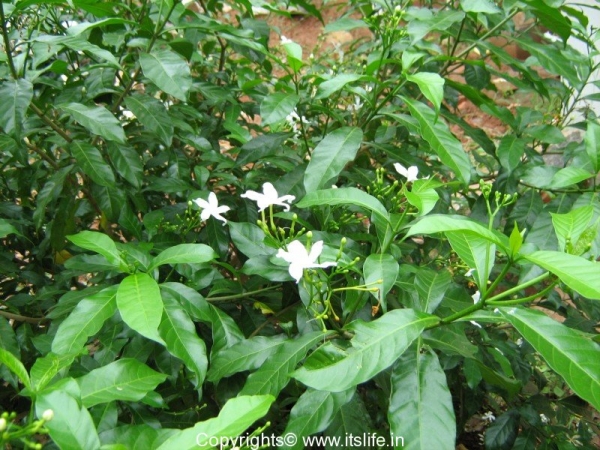
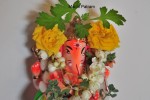
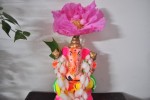
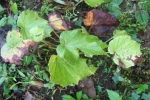

The tabernaemontana flowers have no scent.
The flowers are mashed and the paste is then smeared on a clean clay tile (country tile – curved) and it was kept over an oil lamp with a low flame for one or two days if my memory is right. That is how my grandmother used to prepare the ‘kajal’ from these flowers to be given to the young girls.
Yes Dinakar, you are right about the method of preparing kajal. I was too young to have shown any interest in the preparation of the kajal and I used to hate when a finger with kajal would open my eyelids and apply the kajal on both the eyes!! I used to hide to escape from the torture 😀
What is Garudavardhanam flower then? The double flower is called Nadivardhanam I think.
What is Garudavardhanam flower then?
No idea 🙂
Can you share Kadige recipe. We have many plants in our farm. We would like to try .Thanks Sahajaseeds@gmail.com
Hello, The process is pretty long. My mother told me that you need to arrange four bricks across each other. Keep a lamp in the middle. Apply the juice of Nandi Battalu petals to the wick and light it. Over the lamp upturn a kadai resting on the bricks. The air between the bricks will let the lamp burn. The kadai will get a coating of black soot, which is collected and mixed with Coconut oil or some base of your choice and used. I have never tried this. Do let me know your experience if you ever try this… Read more »